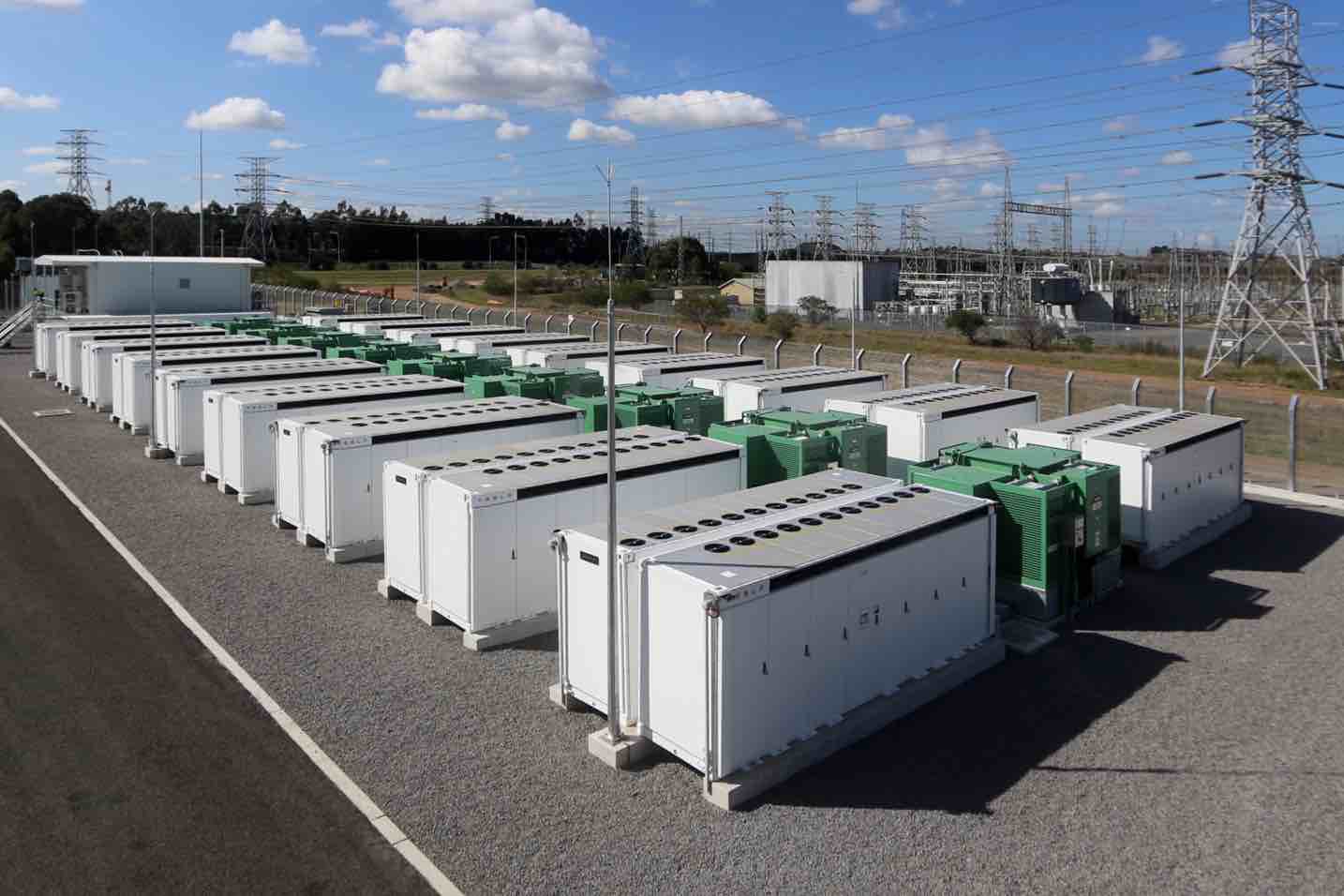The Australian Energy Market Operator is looking at non-network alternatives such as battery storage to reinforce the grid around Sydney, and to accommodate the anticipated massive boost in wind and solar power from the New England region.
AEMO’s draft of the 2022 version of its Integrated System Plan, released Friday, focuses heavily on the need to lock in major infrastructure investments to accommodate the huge amounts of wind, solar and storage needed to replace the coal generators that will quit the market in the coming decade.
But it is also looking at non-network options, conscious of the fact that more towers and wires in populated areas may find it difficult to obtain social licence, and because batteries can clearly offer cheaper alternatives in many cases.
On Friday AEMO issued two “notices of consultation” seeking storage options for two of the network upgrades that is describes as “actionable” in its ISP to help manage the shift to wind and solar, and the closure of coal generators.
What will be interesting to see is how many other network upgrades could also be subject to review for battery storage alternatives in coming years, particularly as speed, costs and social licence become more important. The proposed Marinus Link from Tasmania is one possibility.
The first notice issued by AEMO is for the Sydney, Newcastle and Wollongong areas, where the networks have been designed to take power from Hunter Valley coal generators, but which will have to source power from wind and solar farms beyond when the coal generators retire.
“During periods of SNW load exceeding 8,000MW, there will be network constraints which provide opportunities for strategically placed battery storage, pumped hydro and/or local generation,” the document says.
“These solutions could defer or reduce the scale of proposed transmission network augmentation.”
AEMO is becoming more comfortable using battery storage as “virtual transmission”, with the success of the System Integrity Protection Scheme in South Australia with the Hornsdale battery, and the signing of a 10-year SIPS contract in Victoria with the new Victorian Big Battery.
These contracts effectively allow transmission links to operate at or near full capacity because the batteries act as a first line of defence to intervene if something goes wrong.
The New England case is also interesting, because it is looking at non-network options for a transmission link from the New England REZ, which will accommodate up to 8GW of new wind and solar, and existing infrastructure in the Hunter Valley.
The issue is about accommodating the flow of electricity when wind and solar are producing large amounts, and storage is an obvious option, rather than building ever bigger transmission links.
Like the Sydney ring, it is looking at batteries and other technologies working both in both virtual transmission and storage roles.
“During periods with high variable renewable energy (VRE) generation, there will be network constraints which provide opportunities for strategically placed battery storage and/or pumped hydro,” the AEMO document says.
“These could defer or reduce the scale of proposed transmission network augmentation. New England REZ has access to good pumped hydro resources which, if strategically developed, can increase the hosting capacity within this REZ.”
Those pumped hydro resources include proposals at Oven Mountain, Bells Mountain, Dungowan and New England. See RenewEconomy’s Pumped Hydro Energy Storage Map of Australia










